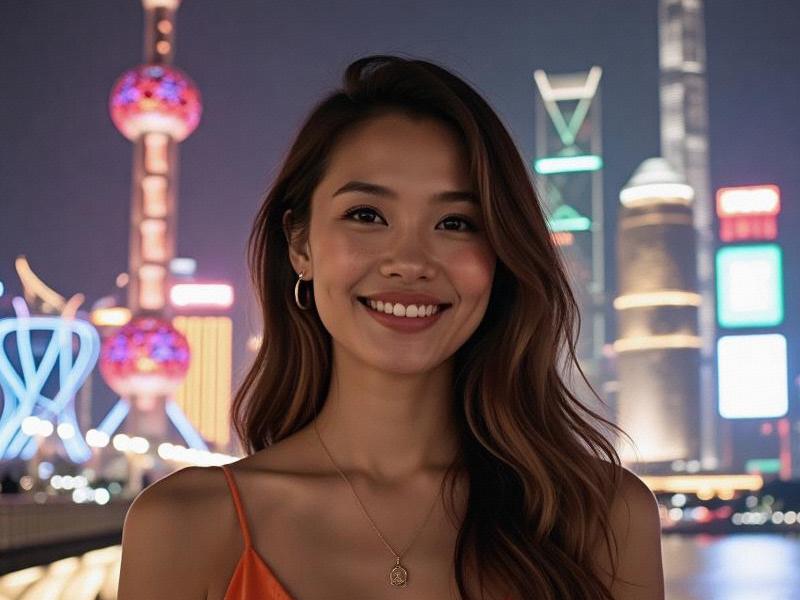This 2,800-word special report examines how Shanghai's entertainment venues have transformed from Western-inspired nightclubs into sophisticated spaces blending Chinese cultural elements with global hospitality trends, creating a unique nightlife ecosystem.

The Third Wave of Shanghai Nightlife
The glow of smartphone screens now mingles with neon signs along Julu Road, signaling the arrival of Shanghai's third great nightlife revolution. Unlike the jazz age decadence of the 1930s or the 2000s megaclub boom, today's venues serve as cultural petri dishes where technology, tradition and global influences undergo fascinating reactions.
Historical Context
1. Golden Age (1920s-1940s)
- Paramount Ballroom's Art Deco grandeur
- Russian Jewish refugees introducing cabaret culture
- "Blood Alley" sailor bars near the Bund
2. Reform Era (1990s-2010s)
- MUSE's celebrity-driven club economy
- KTV parlors becoming business negotiation spaces
- First generation lounge bars in Xintiandi
3. Contemporary Phase (2020-present)
上海龙凤419社区 - "Social clubs" replacing bottle-service establishments
- Digital nomad-friendly coworking nightspots
- Heritage spaces hosting contemporary performances
Cultural Hybridization Models
Case studies:
- Yun Space: Converted silk warehouse featuring Suzhou opera DJ remixes
- Celestial Court: Rooftop venue combining tea ceremonies with mixology
- The Syntax Club: Programmer-friendly space with live coding performances
- Nong Hao: Agricultural-themed bar using ingredients from urban farms
Business Innovations
Industry transformations:
- Membership models leveraging blockchain technology
上海贵族宝贝龙凤楼 - Dynamic pricing algorithms for peak hours
- Hybrid F&B/entertainment revenue streams
- Corporate sponsorship of cultural programming
Social Impact
2025 industry findings:
- 38% decrease in alcohol-focused venues since 2020
- 72% increase in venues offering cultural programming
- Average customer dwell time increased to 4.2 hours
- 65% of venues now employ cultural consultants
Global Positioning Analysis
Shanghai's distinctive features:
- Earlier operating hours than Western counterparts (typically 8PM-2AM)
上海品茶网 - Stronger emphasis on multi-generational socializing
- More sophisticated integration of culinary arts
- Greater acceptance of technology-enhanced experiences
Future Trends
Emerging developments:
- AI sommeliers creating personalized drink menus
- Holographic performances replacing traditional DJs
- Carbon-neutral certification becoming industry standard
- "Digital detox" rooms in high-tech venues
As nightlife anthropologist Dr. Miranda Ko notes: "Shanghai's clubs have become cultural translation machines - they don't just import global trends, but actively reprocess them through Chinese cultural frameworks. The most successful venues understand they're selling memorable experiences, not just intoxication."
From the jazz-aged ballrooms of the past to today's technology-infused social spaces, Shanghai's entertainment venues continue to reflect the city's unique ability to absorb global influences while maintaining its cultural essence - creating nightlife experiences that could only exist in this dynamic East-meets-West metropolis.